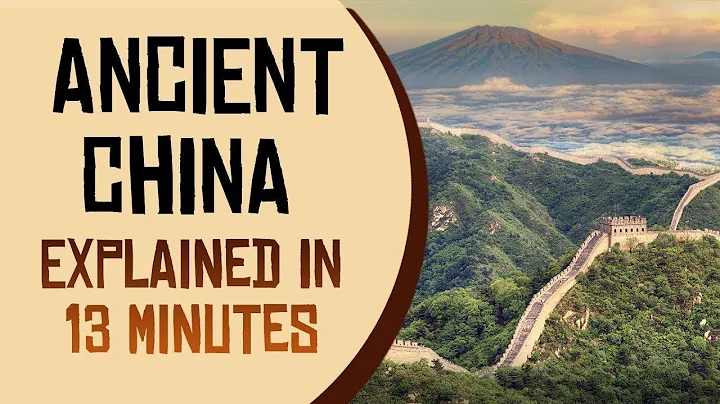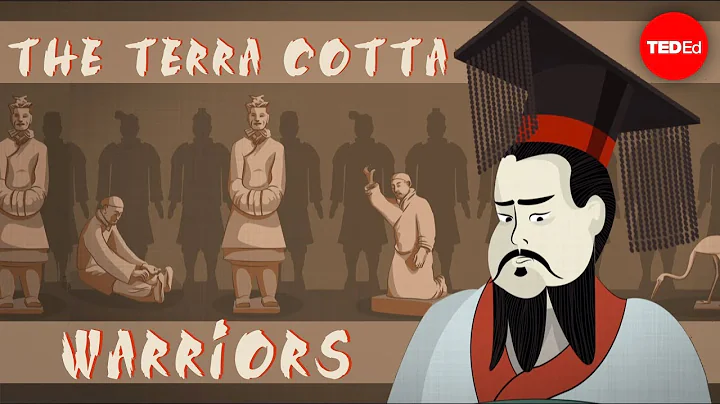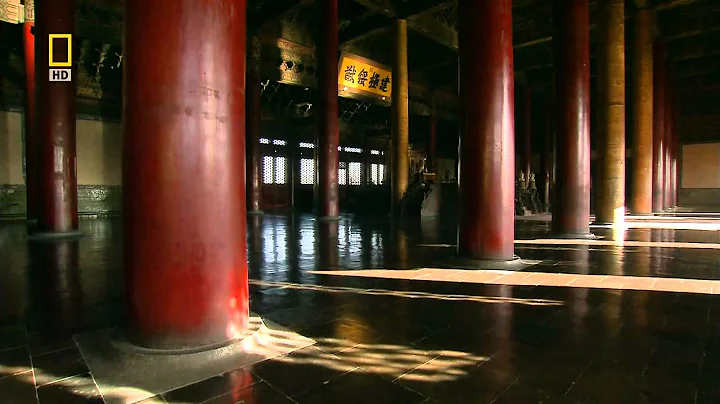There are two walls outside the Circular Mound Altar. The inner wall is circular in shape and the outer wall is square in shape, which embodies the concept of a round sky and a square earth.

In the southwest of the outer wall, there is a tall and long pole called the light pole . The lamp pole was built in 1530, that is, during the Jiajing period of the Ming Dynasty. Only one was built at that time. In the Chongzhen period of the Ming Dynasty, two new ones were built, which became three. Yuan Shikai later held a sacrifice in the Temple of Heaven. Two poles were demolished in Tiandadian. Legend has it that Yuan Shikai wanted to be a unique emperor, so he demolished two poles. The light pole we see now was rebuilt in 1994.
The light pole is nine feet high, which is 28.8 meters today. It is said to be made of golden nanmu from Yunnan, Sichuan and other places. Because the heaven-sacrifice ceremony is held at four o'clock in the morning on the winter solstice, and it is still very dark, a large lantern with a diameter of 1.3 meters and a height of 2.15 meters will be hung high on the light pole. There is a giant wax inside the lantern. Five of them are called "Panlong's all-night treasure wax". This kind of wax is neither extinguished nor shed candle oil, and can burn for twelve hours. The lantern cover is made of iron wire with a turtle-back brocade pattern, and is covered with yellow brocade paper. Looking at the light pole not only marks the location of the heaven-sacrifice ceremony, but also marks the start and end of the ceremony. The light pole also has another function, that is, it serves as an alarm. If an assassin appears when the emperor is offering sacrifices to the sky, the lantern watchers will immediately put down the lamp, and the Royal Forest Army will come to the rescue immediately after receiving the signal.
In the southeast of the outer wall of the Circular Mound Altar is the wood stove, which is built with green glazed bricks. There are nine steps in the east, west and south directions of the wood stove. When the ceremony of offering sacrifices to heaven begins, they will be scraped clean. The calf was placed inside and burned to welcome the gods, which was called "burnt wood to welcome the emperor." There is a burning position on the west side of the burnt wood stove. During the ceremony, the emperor performed the burning ceremony here.

On the east side of the burnt wood stove, there is a well inlaid with green glazed bricks, which looks like a large green round plate. It is called the well, which is about 0.3 meters deep. It is used to bury ox tails, ox hair and ox blood, so it is also called the well. Blood pool.

We will see many small holes on the road south of the wood stove and Qiankan. So what are these small holes used for? Because when the ceremony of offering sacrifices to heaven is held, livestock must be sacrificed. In order to prevent the livestock from running around, temporary tents must be set up to transport the livestock, called the livestock corridor. After the ceremony, the livestock corridor will be demolished. These small tents we saw The holes were used to build livestock corridors.
Beside the gate, there are eight iron furnaces arranged in an orderly manner, which are used to burn sacrifices. There are also a pair outside the east and west lattice star gates. The sacrifices of the first eight deceased emperors of the Qing Dynasty were burned in eight furnaces, and the sacrifices of the four emperors who had been removed from the throne were burned in four furnaces outside the Lingxing gate. The sacrifices removed from the throne of the emperor were placed in a wood stove and burned.






















